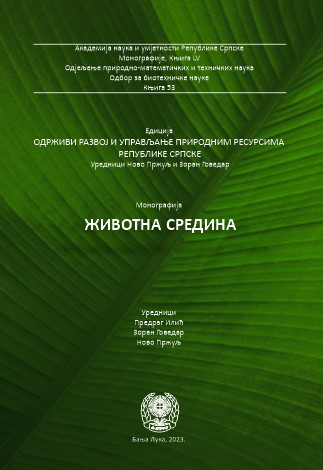Impact of radio-frequent radiation to the environment in Republika Srpska
DOI:
https://doi.org/10.7251/EORU2309485PKeywords:
: High and low frequency non-ionized radiation, mapping of exposures, environment protection, exposureAbstract
The level of radio frequency radiation is followed by the growth of the new telecommunication technologies and the needs of the user. In order to prevent increasing of exposure over doses of electromagnetic radiation permitted for the general population, it requires to planing the construction of antenna systems and examine the living as well as working environment in their surroundings. City zones are potentially the most vulnerable on the exposure to high-frequency non-ionizing radiation, described below with examples of sensitive locations in Banja Luka such as the vicinity of schools, kindergartens and the hospital center. Review of data and their analysis in order to determine environment contamination level in the Republic of Srpska with non-ionizing electromagnetic radiation is the primary goal of this study. The measurement methods and theoretical assessment tools used for detection and prediction of these physical pollutants, which tend to grow permanently due to lifestyle, are also presented.
